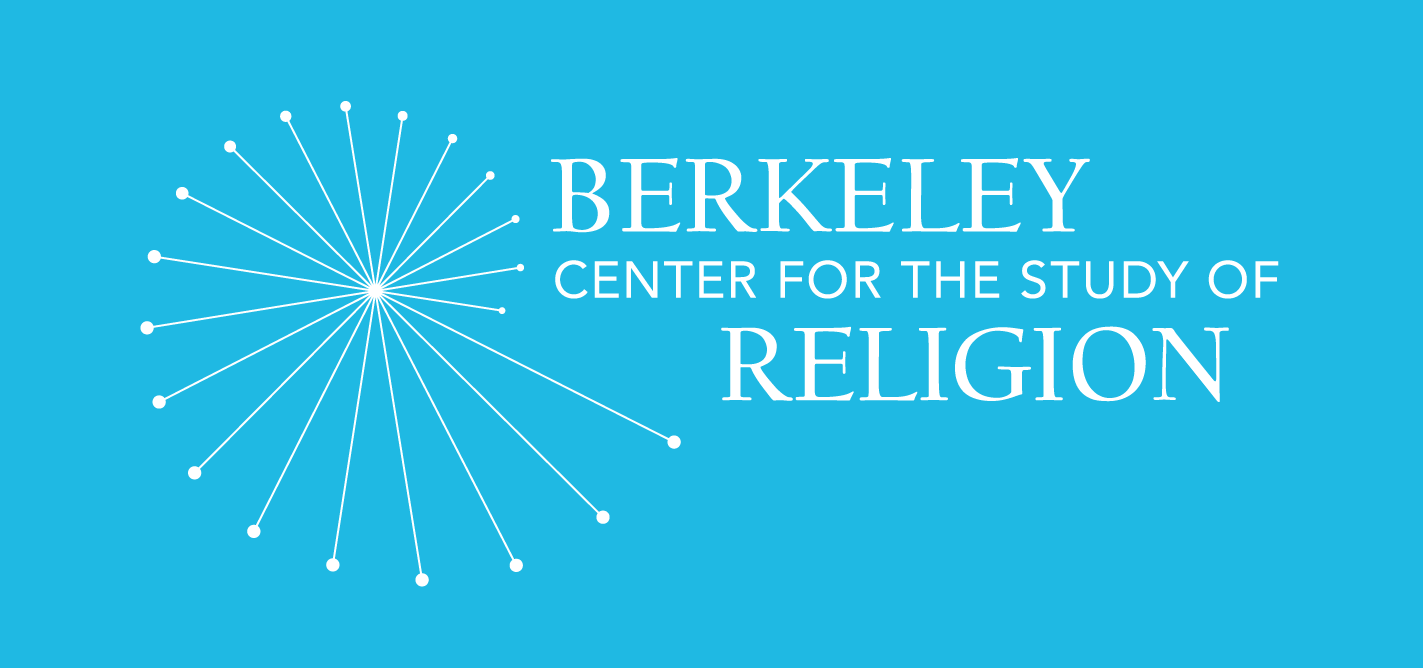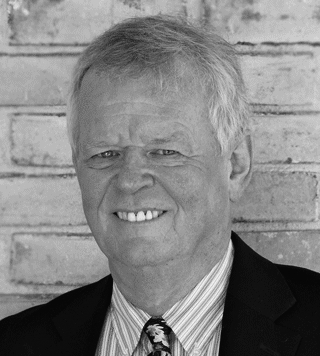Making Religious Peace: A Historical Perspective
3335 Dwinelle
Wayne Te Brake, Professor of History Emeritus, Purchase College, SUNY
Between 1529 and 1651 six major clusters of religious war engulfed Europe. Most of these wars ended in some form of political compromise, but even in the exceptional cases religious war eventually yielded to religious peace. Though historians traditionally focus on the wars, this presentation will focus on the broad and durable pattern of religious peace that followed.
Today, with headlines suggesting a new era of religious war on an even broader scale, religious peace seems elusive, if not impossible. The evidence from European history, however, suggests otherwise. Using photographs to illustrate what religious peace actually looked like in early modern Europe — shared churches, nominally hidden worship spaces, clandestine sites for ritual practice, and the like — this presentation will show how it is possible to envision and to work for a more peaceful future.
Wayne Te Brake is the author of Shaping History: Ordinary People in European Politics, 1500-1700 (California, 1998), Regents and Rebels: The Revolutionary World of an Eighteenth Century Dutch City (Blackwell, 1989), and Religious War and Religious Peace in Early Modern Europe (Cambridge, 2016), as well as a range of articles and book chapters on the comparative history of popular politics, religious contention, and revolution in early modern Europe. His research in the last decade has focused on the political history of religious contention and the long-term process of accommodating religious differences in Europe during the Reformation and the age of religious wars. He has won research grants from the Harry Frank Guggenheim Foundation and the Ford Foundation.

